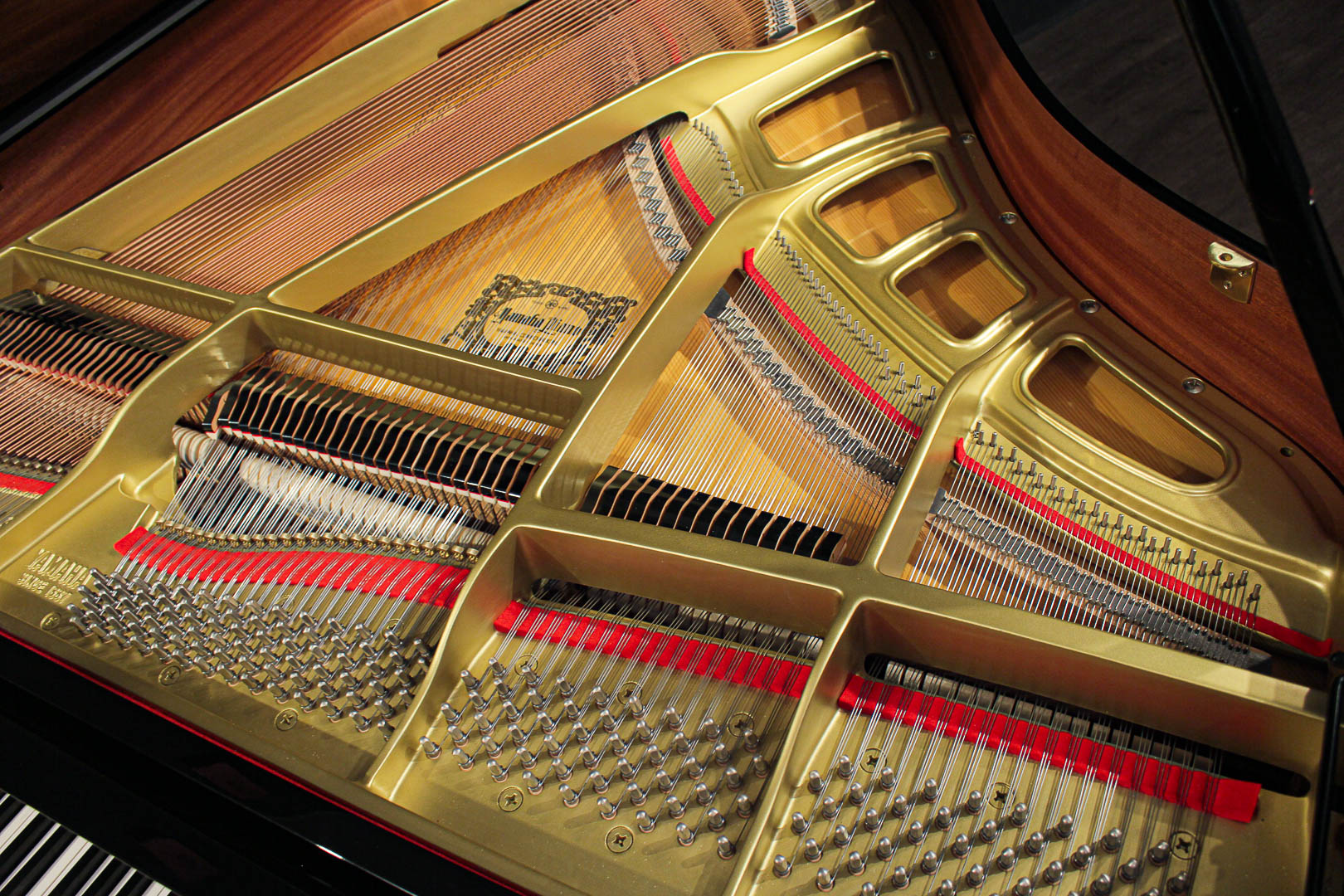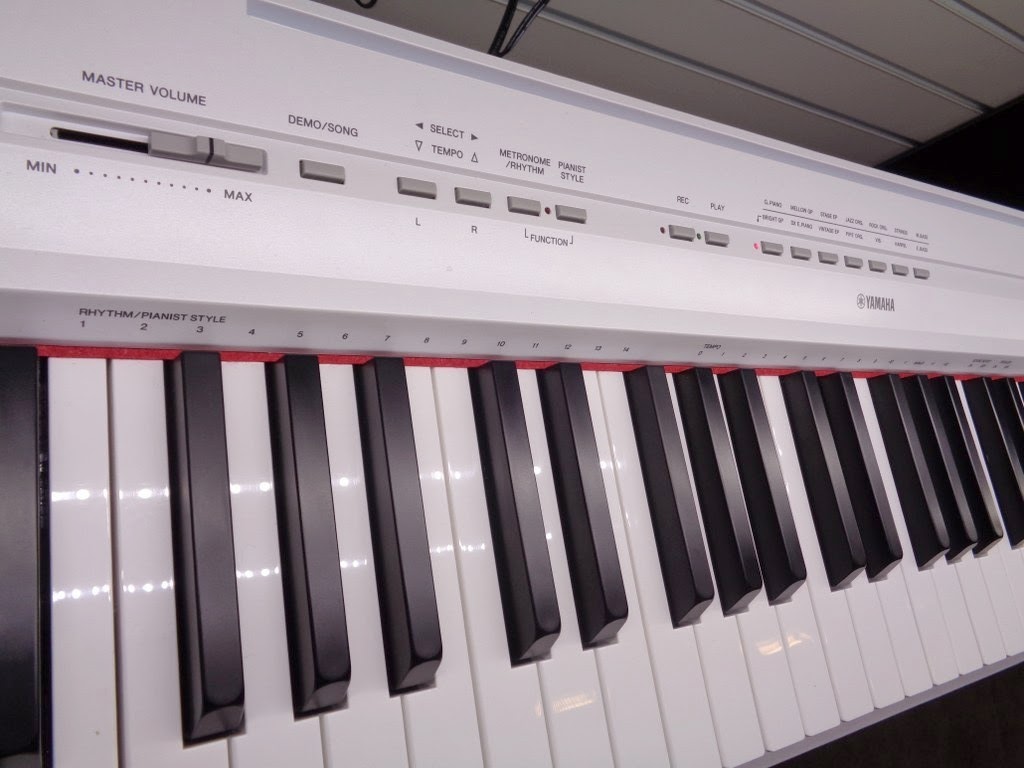The piano is a staple in the world of music, loved by both musicians and non-musicians alike. But have you ever stopped to wonder how many notes are actually in a piano? It may seem like a simple question, but the answer might surprise you.
In this article, we’ll delve into the intricacies of the piano and uncover the truth about its number of notes. Whether you’re an aspiring musician or simply curious about this fascinating instrument, this article is for you. So sit back, relax, and let’s discover together just how many notes are in a piano!
So, how many notes are in a piano?
There are actually 88 keys on a standard piano, which means there are 88 individual notes. However, this does not necessarily mean that there are only 88 possible notes that can be played on a piano. This is because the same note can be played in multiple octaves, meaning it has a different pitch but is still considered the same note. So technically, there are infinite possibilities for notes on a piano depending on how many times you change octaves while playing. But to answer the question simply, there are 88 keys and therefore 88 individual notes on a standard piano.
Understanding The Piano Keyboard Layout
Understanding The Piano Keyboard Layout is like unfurling a beautiful map to an unexplored musical landscape. Each key, whether it’s the crisp white ones or the elevated black ones, is part of a unique territory that contributes its own distinct sound. In total, there are 88 keys on a standard piano keyboard layout; 52 white and 36 black. But don’t let these numbers intimidate you! You’ll soon discover that they’re grouped in a pattern – seven unique notes repeated across multiple octaves.
Let’s dive into more detail about this intriguing pattern. If you look closely at your piano keyboard layout, you will find each ‘octave’ consists of seven white keys and five black keys. The term ‘octave’ originates from the Latin word for ‘eight’, signifying the eight-note scale which spans from one note (say C) up to the next same note (C again). What lies between those two Cs? A distinctive pattern of two black keys followed by three black keys nestling among their adjacent white counterparts.
- The first note in every octave is usually named as C – it’s located just before the block of two black notes.
- The D key slots right in between those two blacks.
- E follows right after them.
- F starts before group of three blacks.
- G, A and B take places within them respectively.
This exploration hopefully clarifies how beautifully systematic piano keyboards really are: not simply jumbles of monochrome tiles but stepping stones guiding us through symphonies under our fingertips.
Exploring the Standard 88-Key Piano: A Breakdown of Piano Notes
The piano is an incredibly versatile instrument, capable of producing a wide range of notes and sounds. If you’ve ever looked at the keyboard on a standard 88-key piano, you might have wondered why there are so many keys and what they all do. Each key corresponds to a different note, with the white keys representing natural notes (A through G) and the black keys denoting sharp or flat notes.
Diving deeper into this musical marvel, if we start from left- right at the beginning – those low sounding bass pitches, moving up towards those high-pitched treble tones on your right; it’s like stepping up on stairs but in terms of sound frequency! Some highlights are:
- The first seven white keys in repeat pattern across keyboard: A-B-C-D-E-F-G.
- The five black keys arranged in groups of two’s and three’s:: These represent sharp (#) or flat (♭) versions of their adjacent white notes. For instance: C# is one half-step higher than C while B♭ is one-half step lower than B.
- The Middle “C”: It sits pretty much halfway along most keyboards & forms an important reference point for locating other notes quickly.
Although it may seem daunting initially, understanding how these 88-keys function together can unveil layers upon layers of harmony & melody waiting to be explored. Learning which key plays which note will not only help improve your playing skills but also foster appreciation for the complexity and beauty inherent within music itself.
Read also: how many notes are in a piano
The Variations in Number of Piano Notes: Different Types of Pianos
It’s incredible to think how pianos, with their multitude of keys, can create such a rich tapestry of sound. Yet, not all pianos are created equal — a fact that becomes readily apparent when comparing the number of notes they produce. For instance, the standard acoustic piano people typically imagine in concert halls boasts 88 keys: 52 white and 36 black. These offer seven octaves plus a minor third, from A0 to C8. This range provides musicians with an array of harmonic possibilities that have been masterfully showcased in countless pieces throughout history.
Yet this isn’t consistent across all types of pianos— each has its own unique variation! The Fortepiano, popular during the classical period (late-18th to early-19th centuries), had fewer than 60 notes. Some contemporary digital pianos may also have smaller keyboards for practicality and convenience— some as few as 61 or even just 25 keys for specific use cases like composition or touring.
- Grand Pianos: Typically featuring full-sized keyboards with the traditional configuration: that’s seven octaves worth of tonal bliss!
- Digital Pianos: They can vary based on brand and model; some might mimic traditional acoustics while others aim for compactness with fewer notes.
- FortePiano: Mostly used in historical compositions – it offers around five octaves at most given its age-related design constraints.
So no matter your choice, remember it’s not so much about how many notes you play but rather how you play them!
 how many notes are in a piano
how many notes are in a piano
The Impact of Number of Piano Notes on Music Quality and Variety
The Impact of Number of Piano Notes on Music Quality
The piano, with its 88 keys and a melody line that’s capable of dancing between each one, is known for its ability to create rich and diverse music. But why is it so? Fundamentally, the breadth and depth of the quality lie in the number of notes that the piano can produce. Each key represents a different note: from low A0 to high C8 – including semitones (the black keys).
This comprehensive range allows musicians to compose pieces with an exceptional array of emotional tones; from heart-wrenching minor chords that pull at your heartstrings, through twinkling arpeggios that capture joyous moments perfectly. The more varied these notes are within a piece, the broader and deeper the impact on listeners’ emotions as they journey through different moods and atmospheres created by this musical language.
The Impact of Number Of Piano Notes On Music Variety
Having 88 distinct sounds readily available indeed opens up an incredible world full of variety for a pianist or composer. While some other instruments might be confined to their specific timbre or range, a piano offers boundless possibilities through its seven octaves plus five extra notes.
- For instance, lower registers can mirror somber moods while higher ones can convey light-hearted feelings.
- In terms of rhythm diversity, pianists have freedom because multiple pitches can be played simultaneously—a feature unique only among keyboard instruments.
- Hence, solo compositions or ensembles will always sound complete when executed on a piano due to such extensive harmonic potential.
In conclusion,‘variety’ isn’t just about having many options—it’s about delivering music pieces imbued with color-rich layers achieved by skillfully navigating those 88 keys. So essentially yes—the number of notes on a piano indeed plays a significant role in music quality and variety.
You may also like: how to teach yourself piano
Conclusion: The Intricate World Of Piano Notes Explored
The realm of piano notes is a fascinating labyrinth, a magical symphony where each chord unveils a separate universe. It’s like an undiscovered cosmos that resonates with the pulsating energy of rhythm and melody, captivating the listener’s senses and painting abstract images in their minds. Each key, whether it be stark white or ebony black, serves as an individual player within this grand orchestra known as the piano keyboard. By pressing down on these keys, their true form erupts into existence emitting rich and varying sounds that can create harmonious melodies or convey deep-seated anguish.
Now let us delve deeper beneath this resplendent surface to comprehend some particularities associated with recognizing and playing different types of piano notes:
- Whole Notes: These are notes held for four beats.
- Half Notes: A note played for two beats.
- Dotted Half Notes:A unique one which requires you to hold it for three beats.
Mastery over these fundamental elements, along with exposure to quarter notes (one beat), eighth notes (half beat), sixteenth (quarter beat) could transform someone from being just another enthusiast poking at random keys into a skilled pianist who knows exactly how to weave musical tales using these tools at their disposal. Remember though: reading sheet music might seem daunting initially but patience coupled with consistent practice will lead you through effortlessly.

